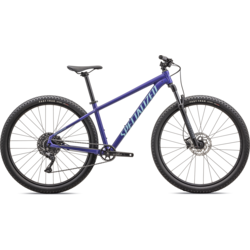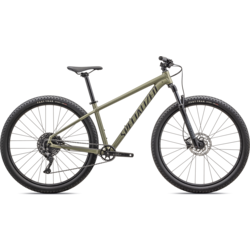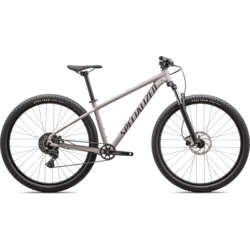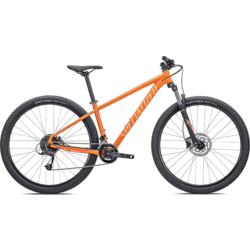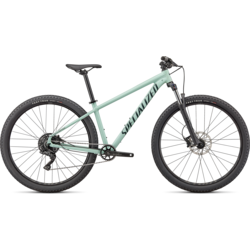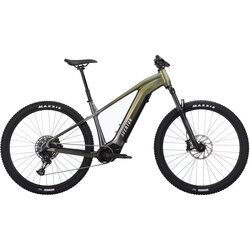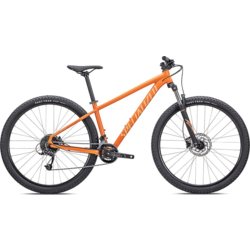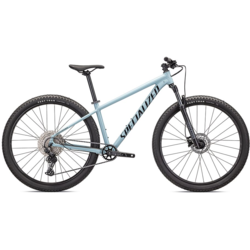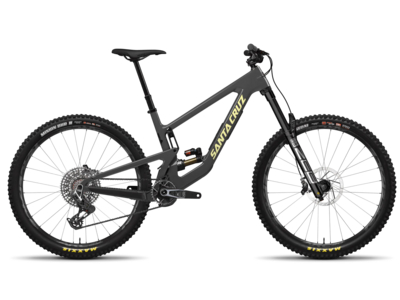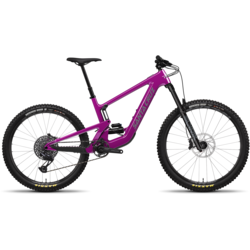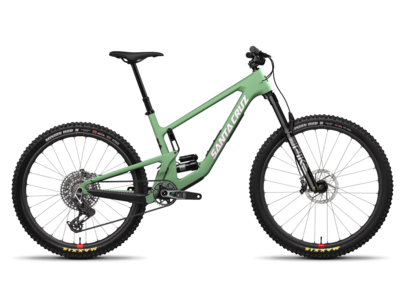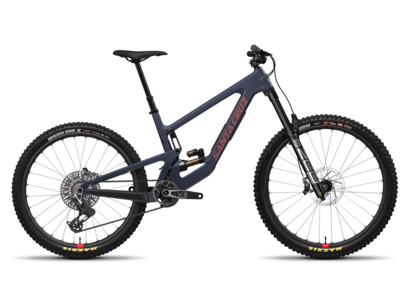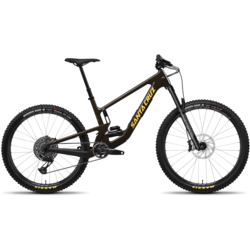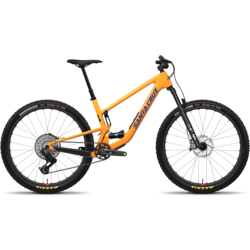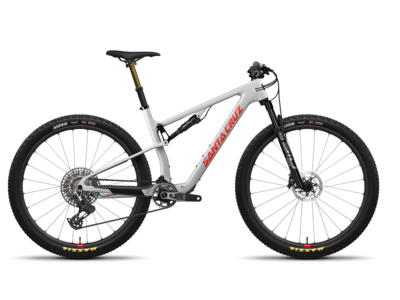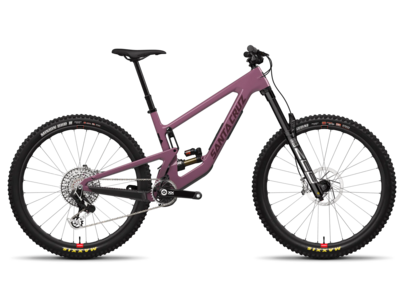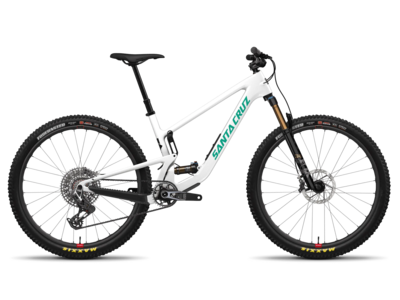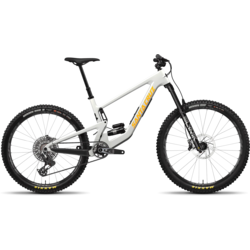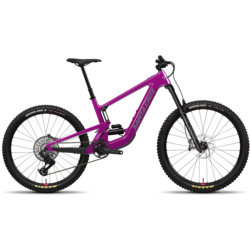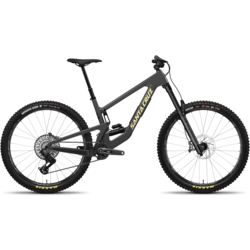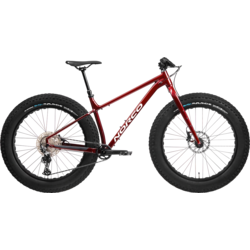Mountain Bike Guide
Want To Ride In The Dirt?
Riding bikes on dirt paths and mountain trails, and even over snow-covered courses, is a great way to enjoy nature while experiencing the joys of moving under your own power. It’s great exercise, you get to explore the world around you, and you'll learn lots about your body and your balance, timing, and tenacity while learning how to clear obstacles.
What’s The Right Mountain Bike For Me?
The answer to this question depends on the kind of riding you plan to do, the terrain where you plan to ride, and whether you prefer the downhills or you enjoy spinning uphill just as much. The first distinction we’ll make is between front suspension, or hardtail, and full-suspension mountain bikes.
- Hardtail bikes can be lighter and simpler to maintain, but reach their riding limits when terrain gets rougher.
- Full-suspension bikes add a rear shock to the mix, making a machine that can be heavier and more complex to maintain but can tackle rowdier terrain and absorb bigger hits.
- Fat bikes are usually hardtail bikes, sometimes fully rigid (with no suspension at all). Suspension and traction is provided by their huge, air-filled tires.
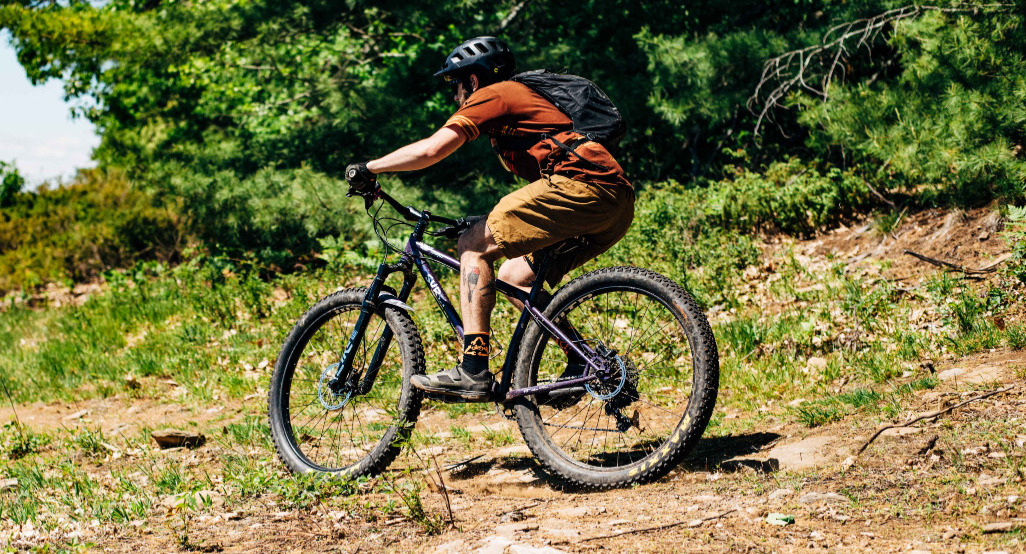
Hardtail Mountain Bikes
These bikes have suspension in the front fork, which minimizes impact in your hands and upper body. For some riders, these bikes are perfect for recreational rides, like rail trails and gravel paths or even an urban commute on potholed pavement. Options with more progressive geometry (more suspension in the fork and frame angles that allow for more aggressive riding) are very capable for most trail riding and can tackle lots of technical terrain. Hardtail bikes have fewer moving parts than full-suspension bikes, so they can be easier on your wallet - but it's also an opportunity to find performance-level parts at a lower price.
Shop All Hardtail Mountain Bikes
Full-Suspension Mountain Bikes
Full-suspension mountain bikes are designed to tackle a variety of tricky terrain. Front and rear suspension helps keep both wheels in contact with the trail for better traction and control. The amount of suspension movement built into the bike is called travel. Measured in millimeters, the ranges in travel results in bikes with different riding uses and sensations. Let's go over the variations!
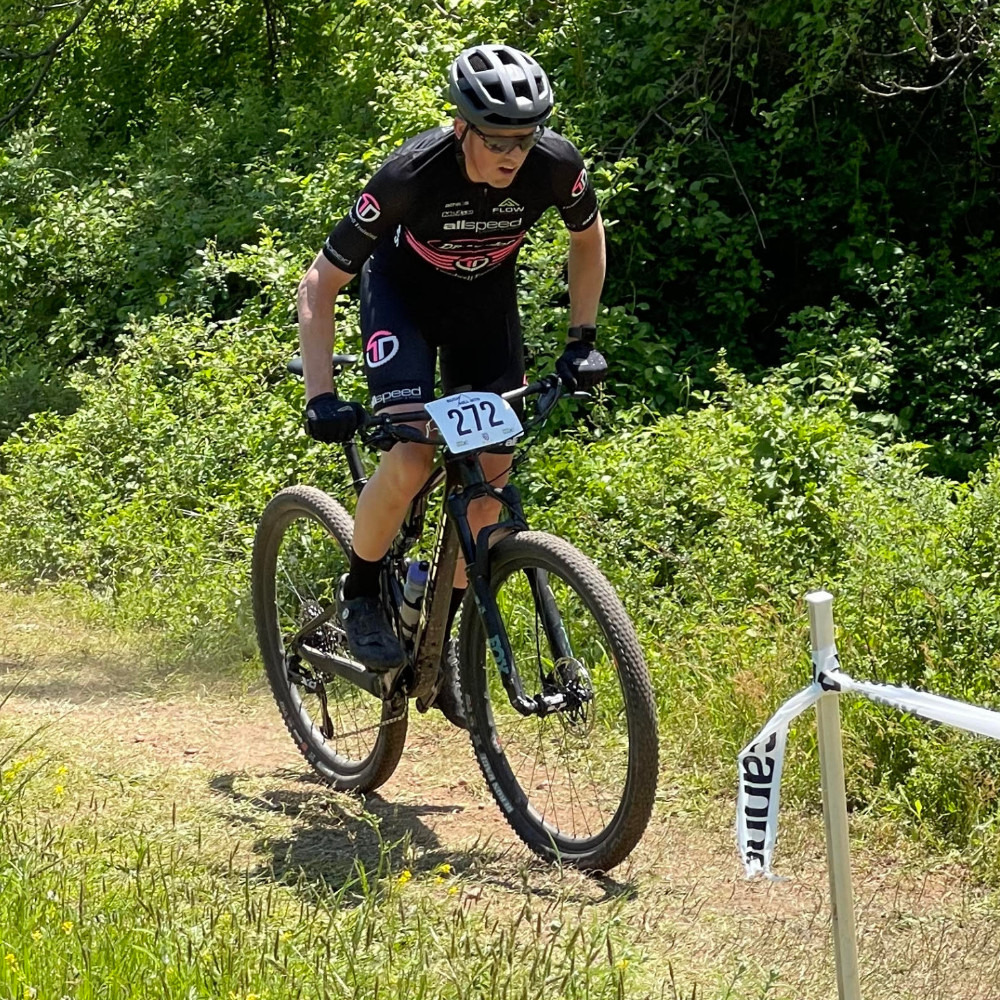
Cross-Country Bikes
Designed to go fast uphill and be lightweight, cross-country bikes are made to be efficient. Full-suspension models rarely have more than 80-120mm travel, with the intention of being capable over rough terrain but also quick handling and fast uphill.
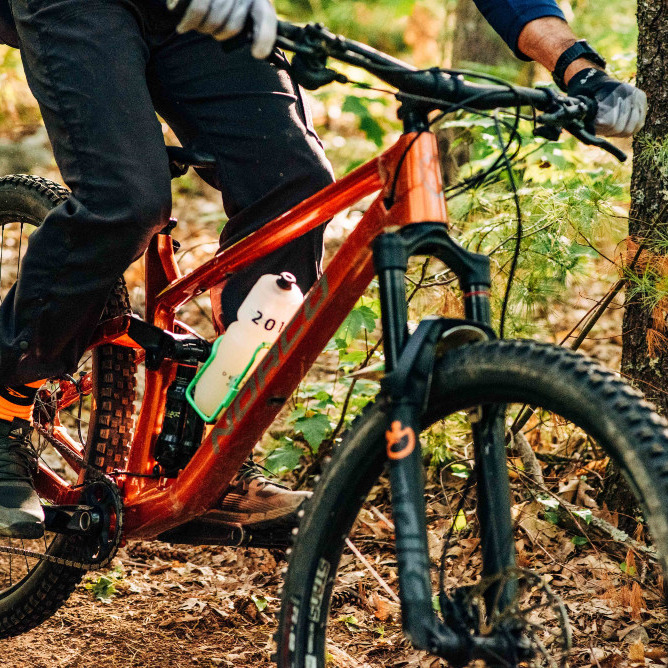
Trail Bikes
Covering the middle ground of suspension, trail bikes come in at 120-140mm travel, which makes them strong contenders when going uphill as well as downhill. The riding position is more neutral, or upright, than on a race-minded cross-country bike. This is the great do-anything mount for any terrain.
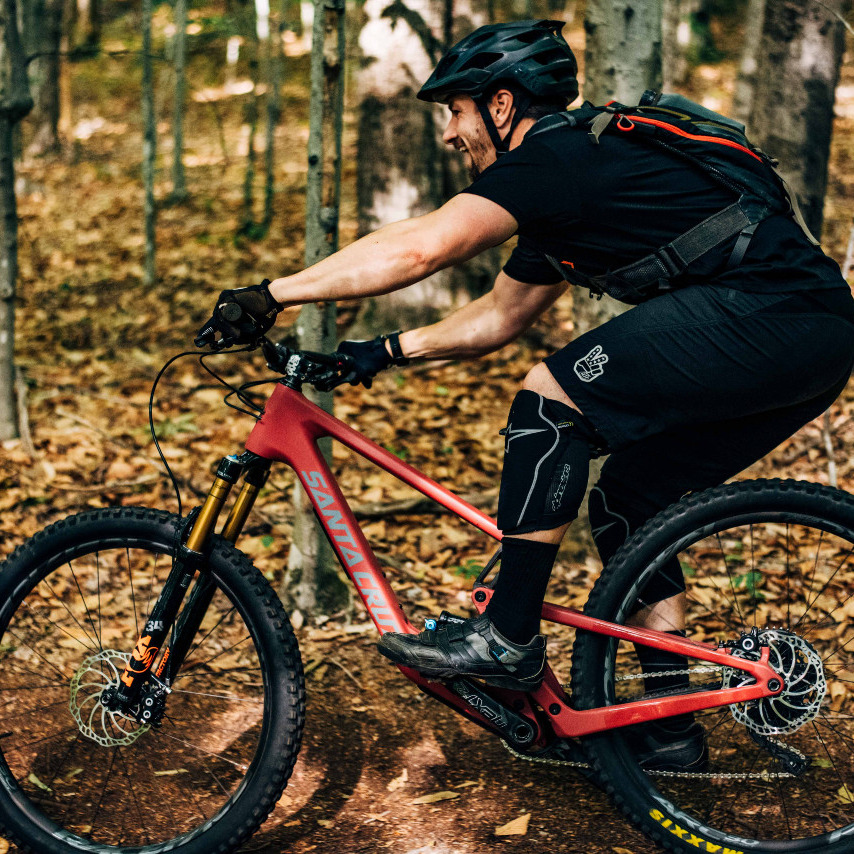
All-Mountain Bikes
These bikes have even more suspension travel, usually 145-160mm, and tweaks to the geometry - like a longer wheelbase, a slacker headtube angle that puts the front wheel more in front of the rider to slow the steering, and a lower bottom bracket - to aid stability in technical terrain, on bumpy descents and drops.
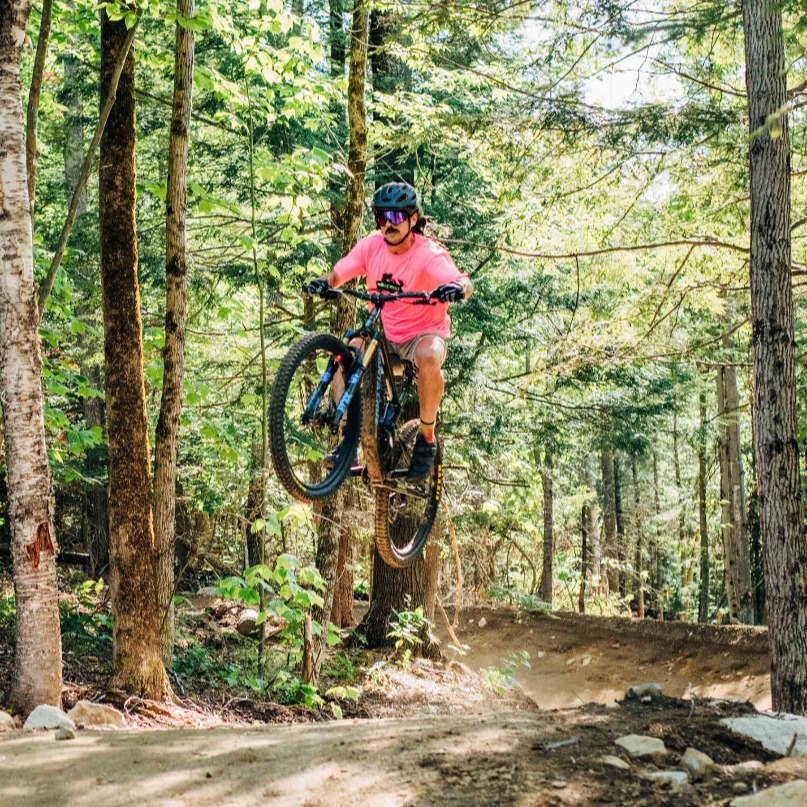
Enduro Bikes
Even more suspension! 160-180mm travel is usually what you would find on a bike in this category, which is frequently ridden in Enduro race events, where only downhill sections are timed. These bikes excel at going downhill as fast as possible, but are capable of being pedaled uphill at a more patient pace.
Shop All Full-Suspension Mountain Bikes
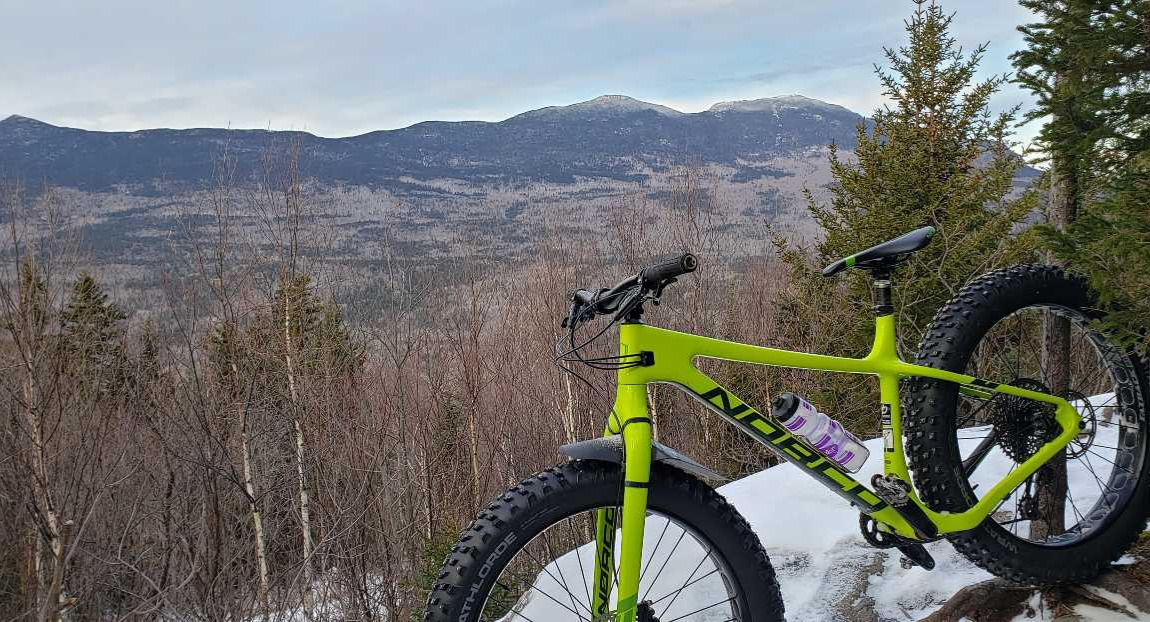
Fat Bikes
Arguably the most fun bikes out there, fat bikes have wide tires intended to run at very low pressure (or with studs!) that allow you to float over snow, ice, sand, and basically any other sloppy conditions that you can find. If you’re looking for traction and control, you want a fat bike.

